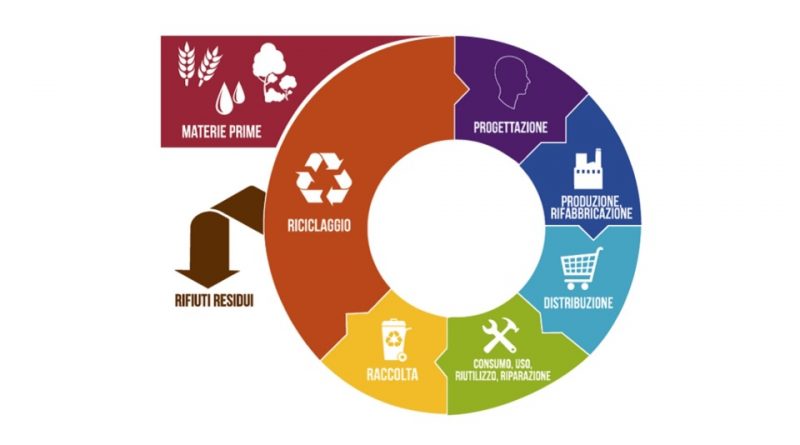Circular Economy Course
Circular Economy Course
In the Circular Economy, economic and social systems are totally connected with ecological systems.
The Circular Economy therefore moves synchronously and with the same criteria as the laws governing the Economy of nature.
In the Circular Economy there are essentially 5 aspects to be put into the system:
1. Circular inputs: production and use model based on renewable inputs or from previous life cycles (reuse and recycling).
2. Product as a service: business model in which the customer purchases a service for a limited time, while the company maintains ownership of the product, maximizing the usage factor and useful life.
3. Sharing platforms: common management systems between multiple users of products, goods or skills.
4. Extension of useful life: approach to the design and management of an asset or product aimed at extending its useful life, for example through modular design, easy repairability, predictive maintenance.
5. New life cycles: any solution aimed at preserving the value of an asset at the end of a life cycle thanks to reuse, regeneration, upcycling or recycling, in synergy with the other pillars.
In the video a short explanatory course
To implement what has been said, the starting point is that of a production model of raw materials and services which does not alter the Ecological System but which, on the contrary, moves synchronously and with the same criteria.
Raw materials and design model represent the first areas of a hypothetical cyclical system which will have to lead to a reorganization of the manufacturing and remanufacturing systems.
This must necessarily be followed by a distribution system that has minimal environmental impact (short range, critical consumption, etc.) and a model for the collection of products at the end of the cycle that follows the same criteria and peripheral and punctual organizations.
In the Circular Economy, of course, a significant but not exclusive part covers the phase of recycling raw materials and products to be re-entered into the system.
The end result of this new economic model is that the energy efficiency is considerably higher, waste reduced to a minimum.
The last aspect of the Circular Economy is related to the need for tax systems that encourage their implementation and to completely different market models compared to those of the liberal system.
Guido Bissanti

